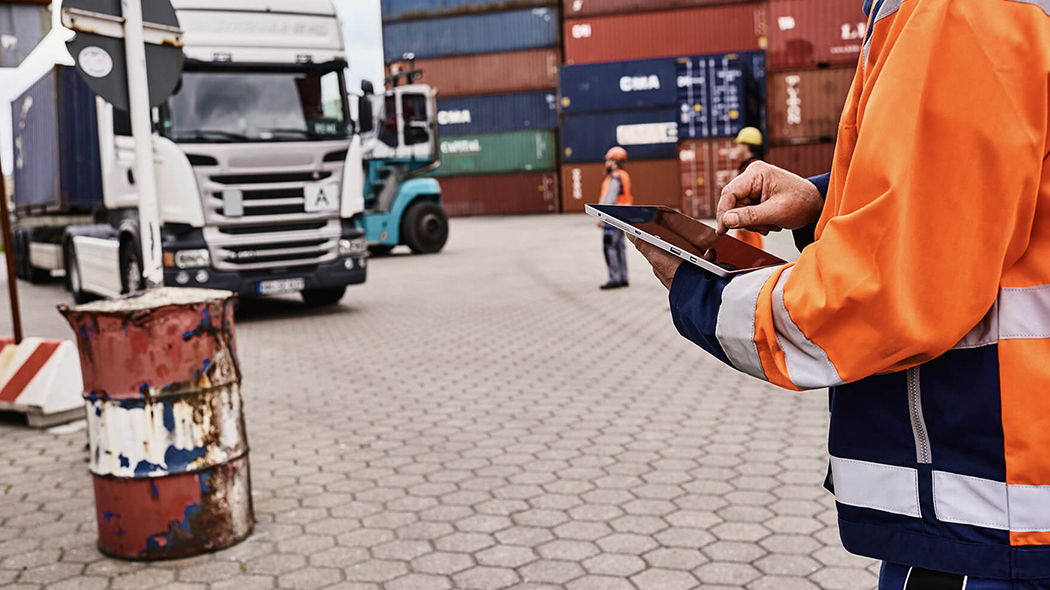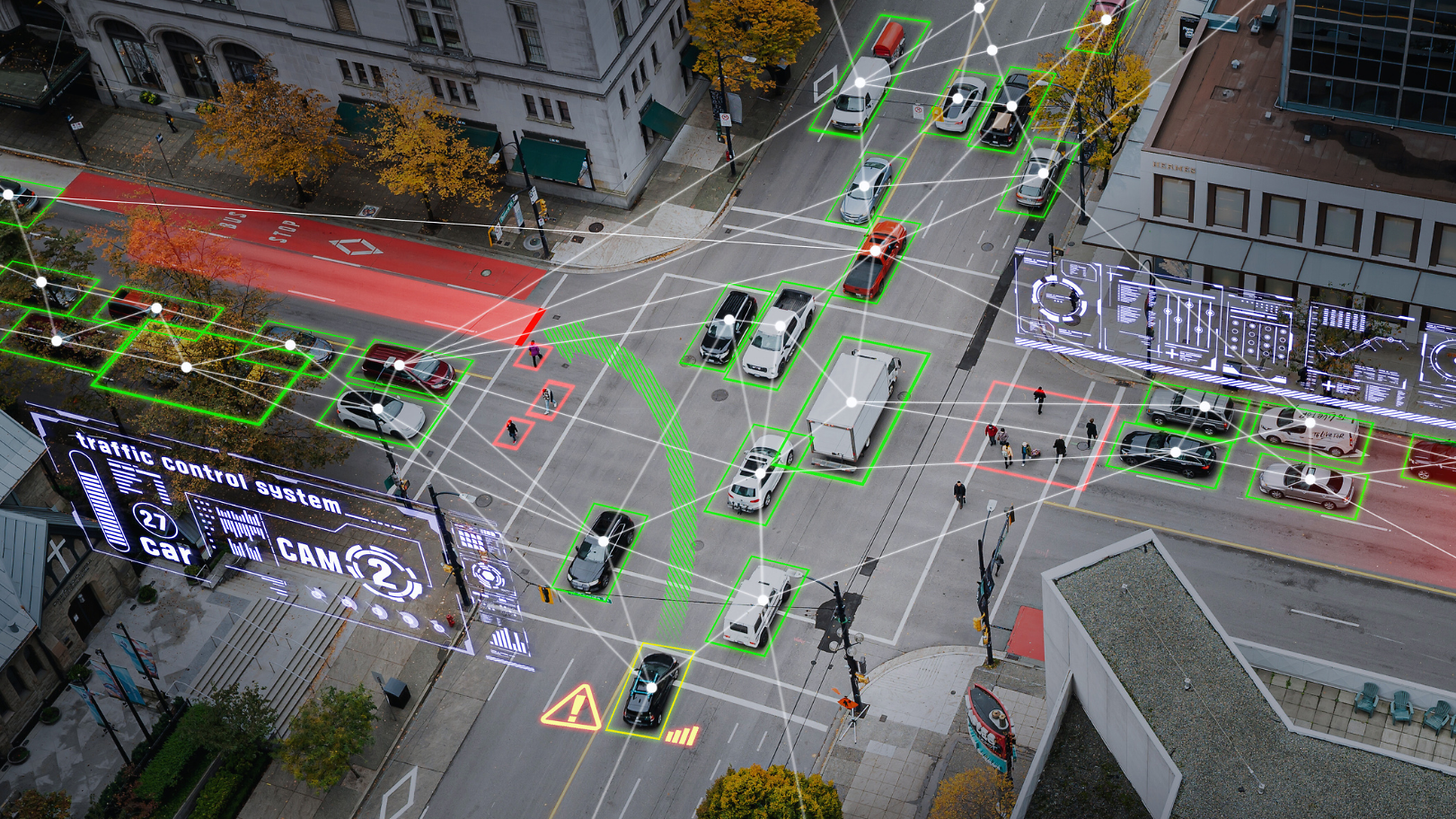The Internet of Transported Things
19.08.2020 by Ümit Günes

Networking your goods on the Internet of Things and tracking them along the entire supply chain gives you an advantage in the globalized, and thus increasingly complex, logistics landscape – especially in the current period.
Real-time data from mobile goods is hard to come by: Containers and pallets are transported through remote areas, goods are stored in buildings and cellars. Delivery bottlenecks are currently increasing due to factories shutting down operations or delays during the transport of goods across multiple national borders. The consequences: Logisticians must redirect supply chains. Low mobile phone and GPS coverage also makes localization difficult. Using locating devices with low battery life is often unprofitable and impractical. The Internet of Things (IoT) provides a solution: with digital, networked asset tracking solutions and new technologies.




